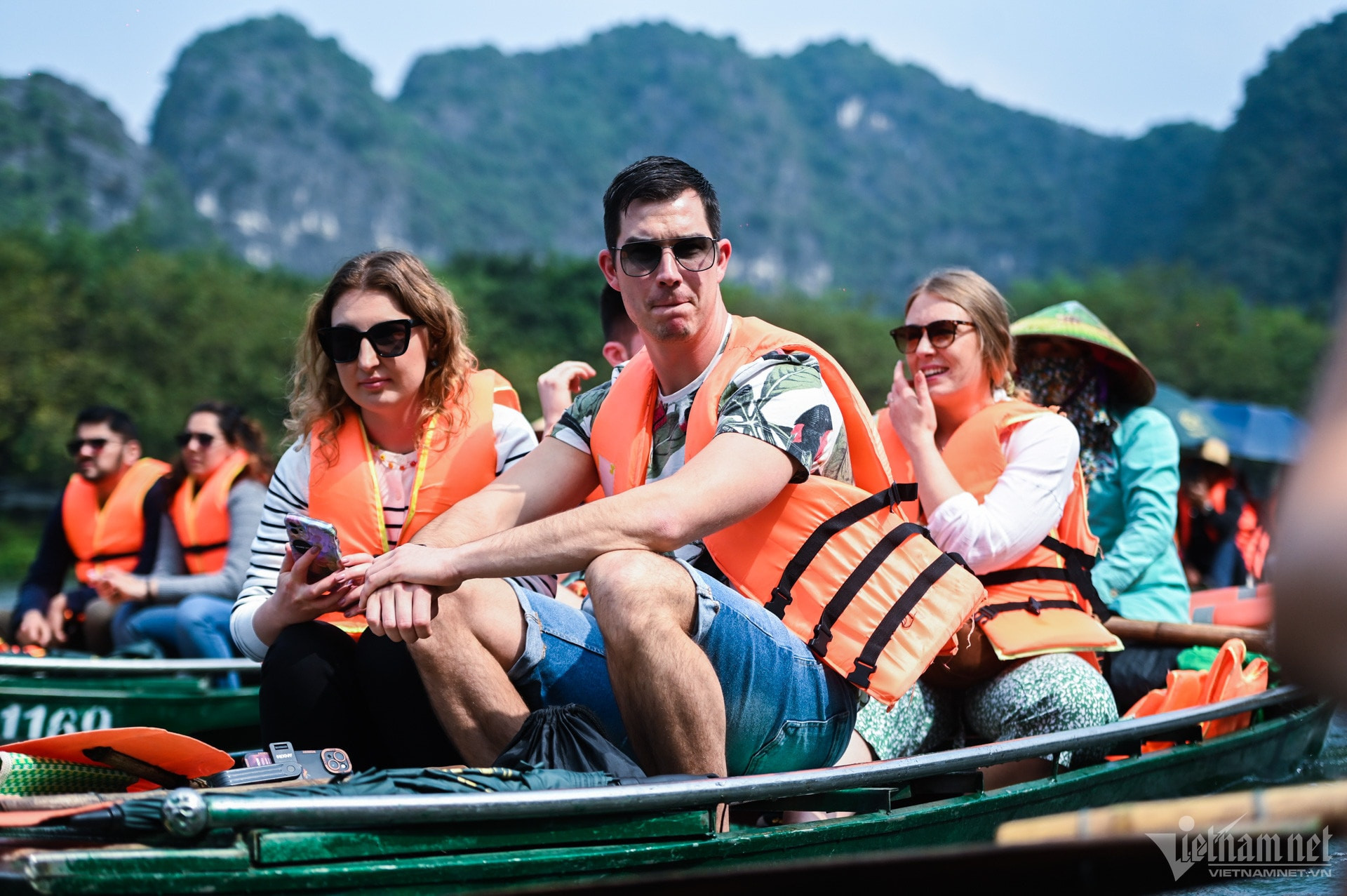Several eco-tourism destinations in Vietnam are proving increasingly attractive, especially to high-spending tourists.
However, these green destinations remain fragmented and underdeveloped, prompting industry leaders to call for unified efforts to elevate Vietnamese tourism through sustainability.
The wealthier the traveler, the greater the demand for green tourism

At the “Developing Green Destinations – Elevating Vietnam’s Tourism” forum, held as part of the VITM Hanoi 2025 event, Vu The Binh, Chairman of the Vietnam Tourism Association, emphasized the need for collaboration among tourism stakeholders to build a cohesive green tourism strategy. "It's time to clarify the responsibilities of all involved parties in Vietnam's green tourism development," he said.
Thanks to international partnerships and local initiatives, several green destinations have begun to gain recognition in Vietnam.
Hoang Thuy Huong, Director of Market Development at the Trang An Eco-Tourism Area, shared how the site applies the “Three No’s” policy: no concrete in the heritage core, no motorized boats, and no interference with the area's natural hydrology and landscape. This strict adherence has led to the preservation of the site’s pristine condition.
"Nearly 2,000 boat rowers act as cultural ambassadors, raising awareness about conservation and green tourism. As managers, we simply extend their efforts within a dual-ecosystem model,” Huong said.
Thanks to this approach, Trang An accounts for over 80% of total visitors to Ninh Binh, welcoming nearly 10,000 tourists daily. All rowers and staff are local residents. The site has successfully reduced its waste output by 60%.
In another initiative, a joint project between UNDP and the Vietnam Tourism Association has led to a 35% average reduction in plastic waste among 60 businesses in Ninh Binh and Hoi An within just three months of its pilot phase.
From a business perspective, Pham Ha, Chairman of Lux Group - recently awarded an international certificate for sustainable tourism - shared that affluent tourists from Europe and the U.S. place significant value on sustainability when selecting destinations.
"Some operators worry that going green is expensive, but our customers are willing to pay extra - even $1 to $1.50 more per person per day. That money goes into a fund used for environmental efforts like waste collection, tree planting, building schools, and providing clean water systems to ethnic communities," Ha said.
Pham Van Bay, Deputy Director of Vietravel Hanoi, acknowledged that green tourism tours can be more expensive due to their specific service requirements. "For example, cultural immersion tours require extensive research, local workforce training, and conservation partnerships. However, the cost difference is justified by the experience and value offered," he noted.
These trips offer more than leisure - they leave behind a “green footprint,” contributing positively to the environment and local communities.

Urgent need for green tourism development
Despite efforts by cruise operators to avoid plastic waste, tourists in Ha Long Bay - a UNESCO World Heritage site - still encounter “rivers of trash and plastic.” The chairman of Lux Group expressed embarrassment at the scene.
He pointed out that Vietnam lacks a central agency responsible for coordinating tourism destinations. While many businesses aim for sustainable development, green transition cannot happen in isolation. A business cannot go green if its supply chain - hotels, restaurants, transport, and destinations - does not follow suit.
He also stressed that many businesses still misunderstand the concept of “Net Zero.” Vietnam needs a clear and standardized set of indicators to measure environmental emissions effectively.
"It’s urgent - if Vietnam’s tourism doesn’t adopt sustainable development, it won’t be able to compete with other countries in the region," Ha warned.
Nguyen Thi Thu Huyen, national coordinator of UNDP’s green tourism program, agreed, adding that Vietnam’s green destinations are still underdeveloped and urgently need joint support from businesses and communities.
Phung Quang Thang, Vice President of the Vietnam Society of Travel Agents, noted that during the pilot phase of VITA’s Green Tourism Criteria program, many businesses lacked the expertise, experience, and funding required for green transformation. Moreover, many continue to rely on outdated business models.
Experts also observed that Vietnam’s green tourism lacks consistency. Many localities pursue isolated efforts, lacking a nationwide system. To address this, the Vietnam Tourism Association is building a national map of green destinations.
According to Pham Van Thuy, Deputy Director of the Vietnam National Authority of Tourism, the sector will soon call for greater investment in green destinations. He urged localities to integrate green tourism into their development plans.
"The Ministry of Culture, Sports and Tourism has launched a nationwide tourism destination survey. This is a valuable opportunity for localities and businesses to develop world-class green destinations," Thuy said.
Ngoc Ha